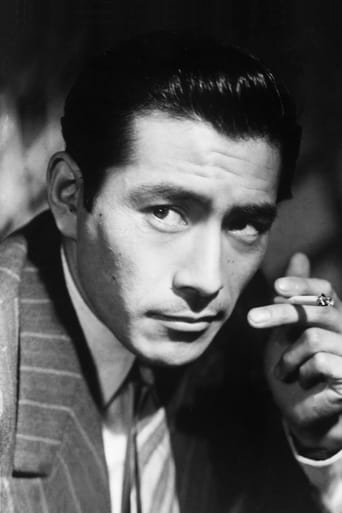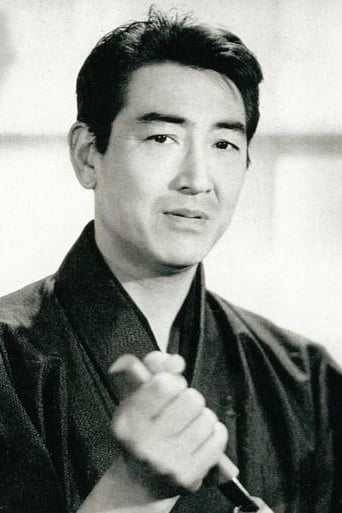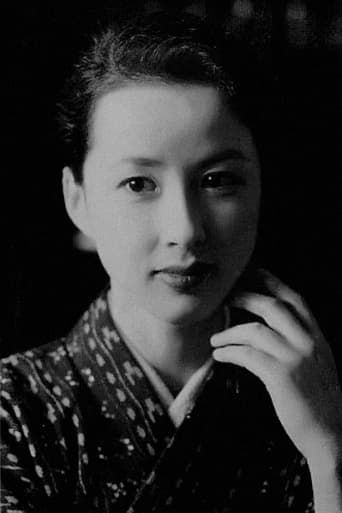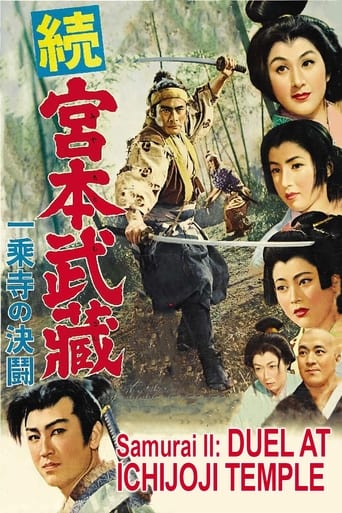
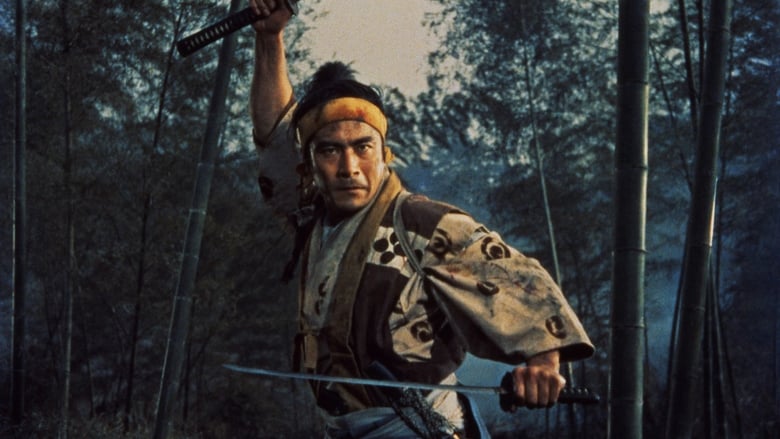
Samurai II: Duel at Ichijoji Temple (1955)
After years on the road establishing his reputation as Japan's greatest fencer, Takezo returns to Kyoto. Otsu waits for him, yet he has come not for her but to challenge the leader of the region's finest school of fencing. To prove his valor and skill, he walks deliberately into ambushes set up by the school's followers. While Otsu waits, Akemi also seeks him, expressing her desires directly. Meanwhile, Takezo is observed by Sasaki Kojiro, a brilliant young fighter, confident he can dethrone Takezo. After leaving Kyoto in triumph, Takezo declares his love for Otsu, but in a way that dishonors her and shames him. Once again, he leaves alone.
Watch Trailer
Cast


Reviews
I enjoyed the first movie in the famous Samurai trilogy, but I was considerably less impressed with this middle film. The disjointedness of the first movie is even more noticeable here. There are a lot of characters and subplots and characters that don't really go anywhere. Much of the movie is laughably absurd, such as the way women fall at their feet over the rather bland protagonist (Mifune isn't nearly as memorable in these films as in his Kurosawa movies), and the determination of the students of a fighting school have in protecting their master at the expense of his reputation makes little sense, especially as Musashi keeps mowing them down.The whole looking-for-people-to-kill premise seems a bit weird as well; in American westerns it's usually the bad guys who keep picking fights. And the rather standard "there's more to being a Samurai than killing" message seems murky; it's no wonder Musashi takes so long to get it.Some of this may just be cultural, with tropes that make sense to the Japanese. But I can't see any way to excuse the use of master swordsman Sasaki. He's a really interesting character, well acted by Koji Tsuruta, but the whole movie is his just happening to be in the right place at the right time, and it's an incredibly lazy screen writing crutch.As in the previous movie, the sympathetic Otsu and women in general are treated by dirt even by those who care about them. That may be accurate, but it's also depressing.Visually the film is striking, and the combat scenes are well done and pretty entertaining, but overall this movie is poorly structured and generally absurd.
This comment about the "Samurai Trilogy" starts on the page for Miyamoto Musashi (Samurai I). My first viewing of the second episode was memorable because I got to take the train into town all by myself, and view it in a Tokyo theater. The first episode had just been shown on base, in a sort of cultural exchange, and my parents saw it and were pleasantly non-outraged-- I was a 9-year-old samurai-movie addict, and they believed enthusiasm beyond a certain intensity should be curbed. It was the same conflict as comic books some few years earlier. Technicolor was a big deal back then, especially in Japan, and it became the issue on which my viewing of "swordfighting movies" was decided-- the ones in color were historical films worth viewing, and even had something to teach. The black-and-white ones shown in Irumagawa and surrounding villages-- I had to sneak off to see. Ichijoji no Ketto (Duel at Ichijoji Temple) shows Miyamoto-san's achievements, while barring no holds on the issue of what they cost him. The romantic subplot continues, though its development in the western sense (toward union, wedded bliss) is thwarted at every turn. The issue is always a conflict between love and duty, and each deferment of gratification spells out a new step in the redefinition of the national character that is being mapped here. Again, some of the importance of all this is lost, even to modern Japanese audiences for whom the issues are long settled-- at the time, though, they were cliffhangers. A new character is introduced, Kojiro Sasaki who will emerge in part 3 as a rival for Musashi-- his equal except for certain features in their respective character. By the way, the score is excellent and haunting-- it extends like a symphony through all three parts, and has a leitmotif "hook" that will cause your ears to pick up in recognition, perhaps years from now, when you hear it again.
The great cast that was in Musashi Miyamoto, the first part of this samurai trilogy continues in the second part with a few additions.By this time Musashi Miyamoto has been on the road for three years and is still learning. The most important lesson as a Samurai will not be learned until the film is almost over. Another important lesson comes quickly after that, and it will interesting to see how it plays out in the final part.In the opening Musashi Miyamoto is doing battle with a samurai similar to our buddy Hanzo. They are the only two I have ever seen use chains.After this he heads to Kyoto to do battle with the best in the capital, and also to get himself mixed up with the two women who are in love with him.Love, fickleness, treachery, rape, revenge, honor, and great sword fighting all have a place in this magnificent film.The amazing cinematography and scenery also place an important part.This is truly a samurai classic.
'Ichijouji no ketto' takes up the transformation of Musashi into a proper samurai and feels like an empty middle part just for tying the trilogy together.Musashi is here torn between becoming a true samurai and the woman that loves him, Otsu. That is, he doesn't seem to care the slightest bit for Otsu, while she on the other hand is painstakingly waiting for his return. She is portrayed as being very weak, which annoyed me.What the prequel had in adventure and excitement is not present in this movie, its more about the ideas of the samurai and samurai thought. Toshiro Mifune gets a shallow character so he cant help it much with his presence. The fight scenes are good though.


